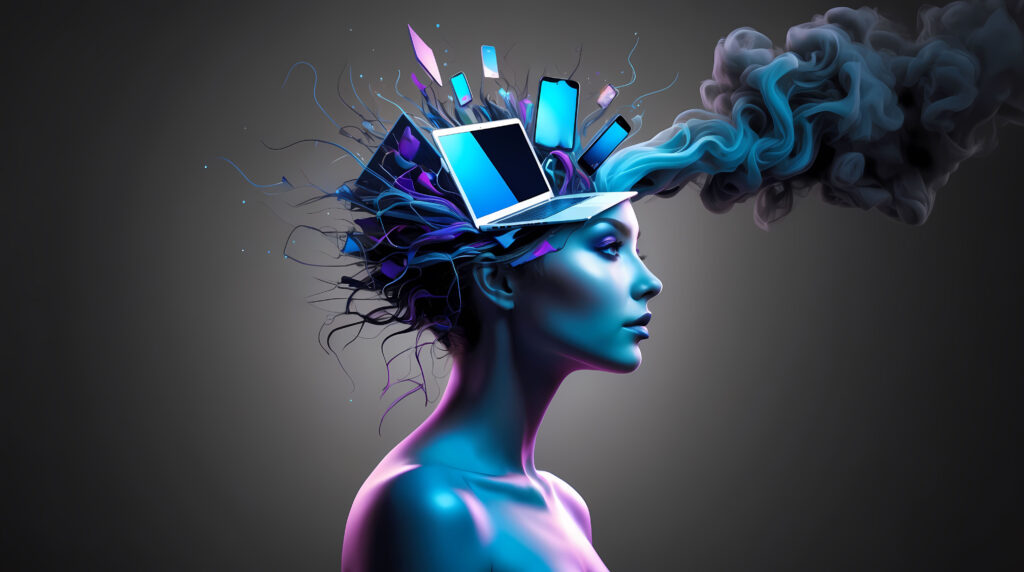The United States continues to stand at the forefront of technological innovation, and in 2025, the spotlight shines brighter than ever on Artificial Intelligence (AI). From Silicon Valley startups to government-backed research, AI is rapidly transforming nearly every sector of American life — reshaping how we work, communicate, heal, and even govern.
🔍 AI in Everyday Life
AI has quietly become a part of daily routines for millions of Americans. Whether it’s a smart assistant managing your home, AI-generated content shaping your social media feed, or ChatGPT helping with work and study, these technologies are no longer futuristic fantasies; they’re present realities.
In education, AI-powered tutoring platforms are closing learning gaps. In healthcare, machine learning models are predicting disease outbreaks and personalizing treatment plans. Even law enforcement and city planning departments are relying on predictive analytics to improve efficiency and safety.
🏛️ AI Policy and Regulation
With such rapid growth comes necessary oversight. The U.S. government, recognizing both the potential and the risks of AI, is actively developing frameworks to ensure ethical and secure AI deployment. The AI Bill of Rights, released by the White House Office of Science and Technology Policy, emphasizes fairness, transparency, and accountability.
This year, Congress is debating legislation around:
- Deepfake regulation
- AI data privacy protections
- Transparency in algorithmic decision-making
The U.S. is also working with allies to establish global AI standards, aiming to counterbalance the rapid AI development seen in China and the EU.
🧠 AI and the American Workforce
While AI threatens to automate certain jobs, it’s also creating new roles and industries. The U.S. labor market is seeing demand surge for:
- AI ethicists
- Prompt engineers
- Data analysts
- Robotics technicians
Universities and trade schools are quickly adapting by launching new AI-focused programs, and major companies like Google and Amazon are investing heavily in workforce retraining initiatives.
🧬 Cutting-Edge Innovation
Several American companies are leading global AI advancements:
- OpenAI (San Francisco): Pioneering generative AI and large language models
- NVIDIA (Santa Clara): Dominating the AI hardware race with cutting-edge GPUs
- Tesla (Austin): Pushing the limits of autonomous driving
Meanwhile, new startups are emerging in fields like
- AI-powered biotech
- Creative AI (music, art, writing)
- AI in cybersecurity and quantum encryption
🌎 Global Competition and National Security
AI is now viewed not only as an economic engine but also as a national security asset. The U.S. Department of Defense invests in AI for intelligence analysis, drone technology, and cyber operations. As AI arms races intensify globally, particularly with China, the U.S. is emphasizing responsible innovation, security, and democratic values.
💬 Final Thoughts
As 2025 unfolds, it’s clear that AI is not just a tech trend, it’s a societal shift. The United States is uniquely positioned to lead this transformation, but success will depend on how wisely it balances innovation with ethics and opportunity with responsibility.
Whether you’re a tech entrepreneur, policymaker, or just an everyday user, understanding and engaging with AI is no longer optional. It’s the next chapter of the American digital story.
